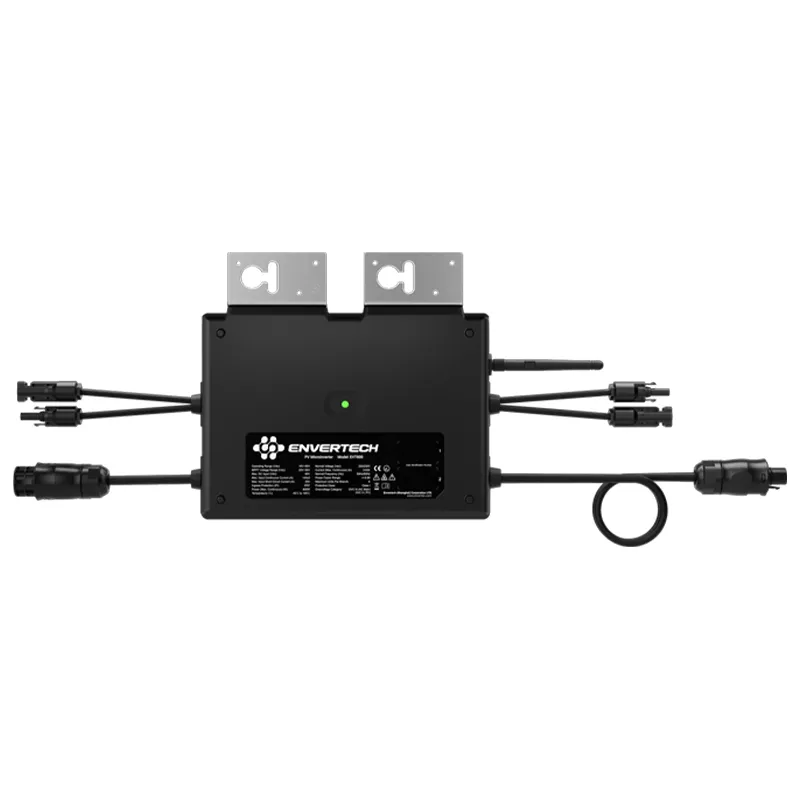Optimal Dimensions and Specifications for Standard Solar Panels
Understanding Standard Solar Panel Size
Solar energy has emerged as one of the most sustainable and efficient sources of power available today. As the world shifts towards cleaner energy, understanding the standard solar panel size is essential for homeowners and businesses alike. Knowing the dimensions, efficiency, and overall design of solar panels can significantly influence energy production, installation costs, and the overall aesthetics of solar energy systems.
What is the Standard Size of a Solar Panel?
The standard size of a solar panel typically falls within the dimensions of 65 inches by 39 inches (approximately 1.7 meters by 1 meter). This size is predominant among residential solar panels. The panel's dimensions mostly remain the same across various manufacturers, though there can be slight variations. The typical solar panel consists of around 60 to 72 solar cells, which are the individual units that convert sunlight into electricity.
Why Size Matters
Understanding the standard size of solar panels is crucial for several reasons
1. Efficiency Larger panels can contain more solar cells, which can lead to more electricity generation. However, it is essential to consider not just the size but also the panel's efficiency rating, which indicates how well it converts sunlight into power. High-efficiency panels might generate more energy even if they are slightly smaller.
2. Installation Space The size of solar panels directly affects how many panels can be installed on a roof or property. Homeowners need to evaluate their available space to determine how many panels they can accommodate to meet their energy needs.
standard solar panel size

3. Cost Considerations The size of solar panels can influence the overall cost of a solar energy system. Larger panels may cost more but could result in lower installation costs because fewer panels would be needed to generate the same amount of electricity.
4. Aesthetic Integration For many homeowners, the visual appeal of solar panels is an important factor. Larger panels can be more noticeable, which could impact the home’s exterior design. Conversely, smaller panels, if they can achieve the same energy output, may be a better choice for those concerned about aesthetics.
The Impact of Technology
Advancements in solar technology have led to the development of various types of solar panels, such as monocrystalline, polycrystalline, and thin-film panels. Each type has its own size specifications and efficiency ratings. Monocrystalline panels, for instance, are known for their sleek design and high efficiency, making them a popular choice despite typically being priced higher than their polycrystalline counterparts. Thin-film panels are generally lighter and can be made into flexible shapes, but they usually require more space due to their lower efficiency.
Future Trends
As solar technology evolves, we can expect to see changes in solar panel sizes. Innovations may lead to even more efficient designs, allowing for smaller panels to generate the same amount of electricity as larger ones. The trend towards solar panels that integrate seamlessly into roofing materials—known as building-integrated photovoltaics (BIPV)—is also gaining traction. These products could further alter the standard size and shape of what we consider traditional solar panels.
Conclusion
Understanding the standard solar panel size is vital for anyone considering solar energy. The size influences efficiency, space requirements, costs, and aesthetics, making it a crucial factor in choosing the right solar solution. As technology continues to advance, the dimensions and designs of solar panels will likely evolve, opening up new possibilities for harnessing the sun's energy. Whether you are looking to power a small home or a large commercial building, staying informed about solar panel sizes will help you make the best decision for your energy needs. Embracing solar energy not only contributes to a greener planet but also empowers individuals and communities to take control of their energy consumption.
-
Unlocking Energy Freedom with the Off Grid Solar InverterNewsJun.06,2025
-
Unlock More Solar Power with a High-Efficiency Bifacial Solar PanelNewsJun.06,2025
-
Power Your Future with High-Efficiency Monocrystalline Solar PanelsNewsJun.06,2025
-
Next-Gen Solar Power Starts with Micro Solar InvertersNewsJun.06,2025
-
Harnessing Peak Efficiency with the On Grid Solar InverterNewsJun.06,2025
-
Discover Unmatched Efficiency with the Latest String Solar InverterNewsJun.06,2025







